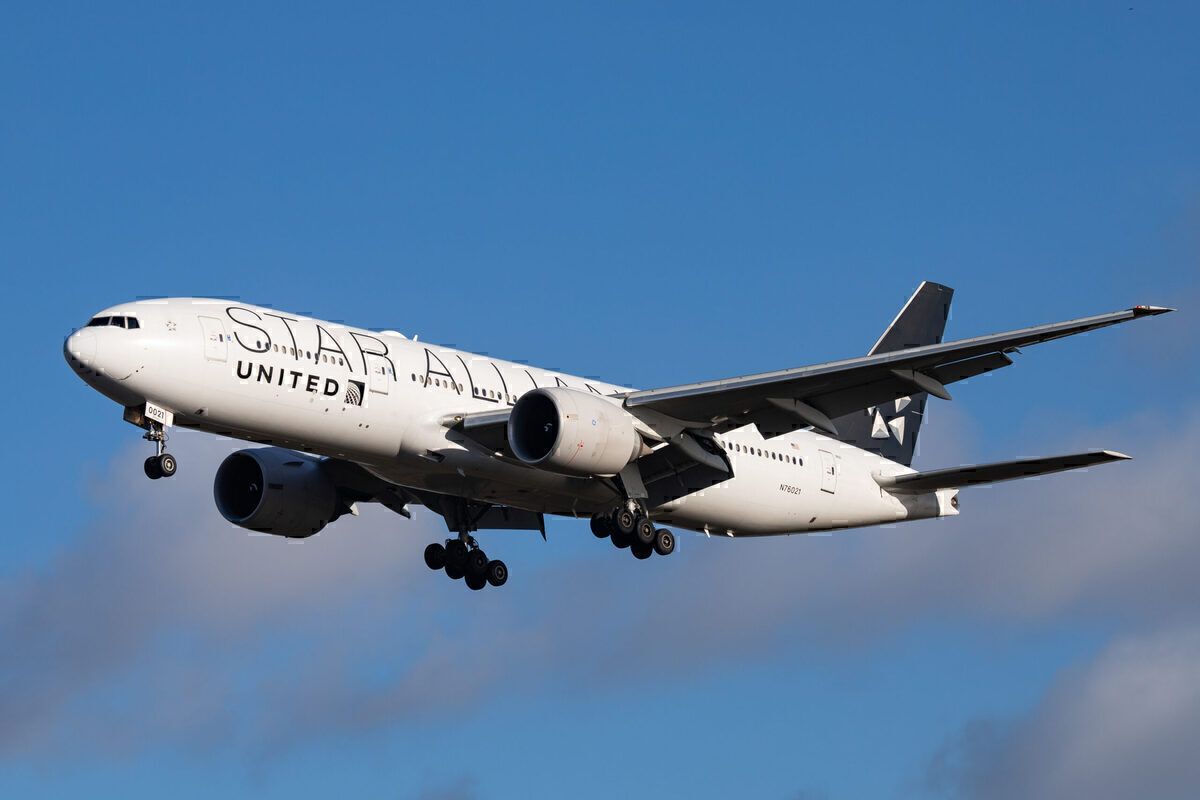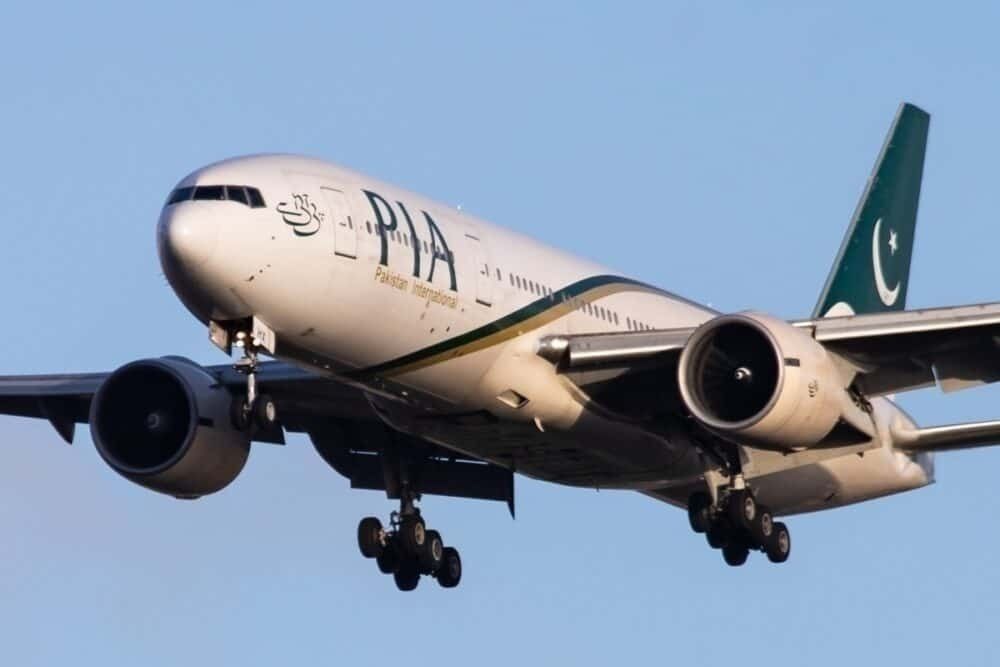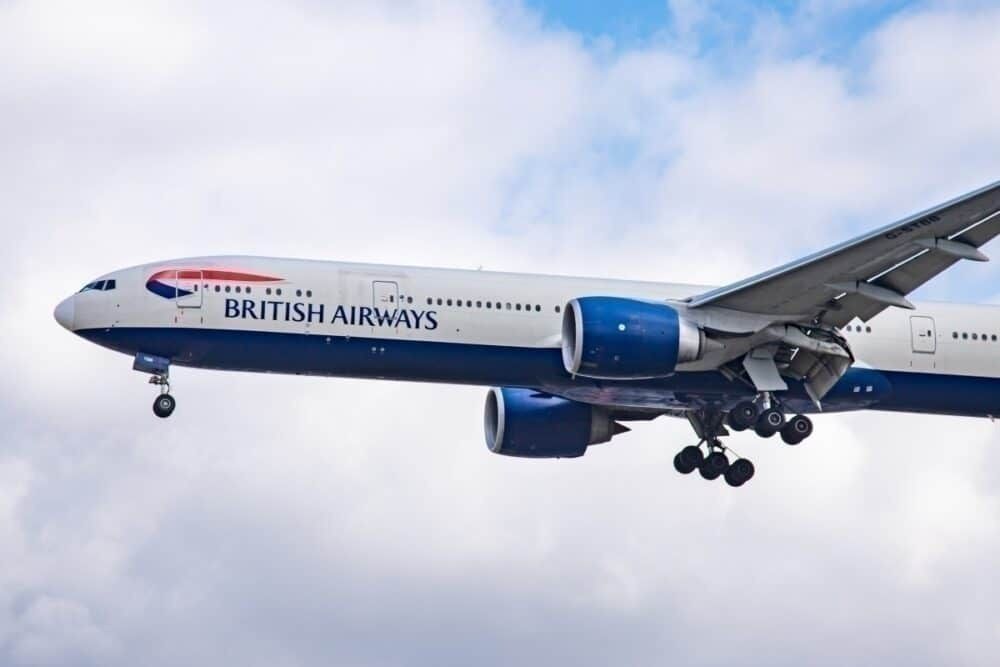Since Boeing launched its twinjet widebody 777 long-range airliner with United Airlines in 1995, it has produced several variants of the iconic type. On a basic level, production of the aircraft has seen the 777-200, 777-300, and 777F variants launched into commercial service. Airlines will also have next-generation 777X at their disposal in the next few years.
However, each of these variants also has its own subsections. While the 777X refers to the 777-8 and 777-9 designs, the -200 covers the standard, LR, and ER variants. There is also an ER variant of the 777-300. But, where exactly can one find contrasts between the 777-200 and its LR counterpart?
777-200 vs 777-200LR
The main thing that sets the 777-200LR apart from its standard classmate is, as its name suggests, its exceptional long-range capabilities. It entered service with Pakistan International Airlines in 2006, with Boeing nicknaming it the 'Worldliner.' The American manufacturer developed it alongside the longer Boeing 777-300ER (Extended Range).
Its range is boosted by aspects such as three auxiliary fuel tanks in the rear cargo hold, and raked wingtips that increase fuel efficiency. While the length (63.7m) of the -200LR is the same as the standard variant, there are several other structural differences. According to Modern Airliners, these are as follows:
- Wingspan - 64.8m (compared to 60.9m on the original)
- Wing area - 436.8 square meters (compared to 427.8 square meters on the original)
- Tail height - 18.6m (compared to 18.5m on the original)
- Maximum takeoff weight - 347,500kg (compared to 247,200kg on the original)
- Fuel capacity - 181,283 Ltrs/47,890 US Gal (compared to 117,348 Ltrs/31,000 US Gal on the original)
The result is a significant improvement in range over the original model. The 777-200 has an already impressive range of 9,700km / 5,240 NM. However, the -200LR exceeds this by over 60%, coming in at an astounding 15,843km / 8,555NM. But who exactly operates these two variants, and how many have been produced?
Orders and operators
In terms of order and delivery numbers, neither the standard 777-200 nor the LR version are the most popular version of this particular 777 variant. The 777-200ER far surpasses both types, with 422 deliveries, compared to 88 for the standard -200 and 60 (+1 outstanding) for the -200LR. As of October 2020, all 777-200 variants accounted for just over a quarter of the 2,012 orders for the entire 777 program. The present operators of the standard 777-200 are as follows:
- All Nippon Airways
- Japan Airlines
- United Airlines
The 777-200LR is currently more widely operated. The long-range version's primary users are as follows:
- Air Canada
- Air India
- Azerbaijan Airlines
- Emirates
- Ethiopian Airlines
- Iraqi Airways
- Pakistan International Airlines
- Qatar Airways
- Turkmenistan Airlines
The future of the Boeing 777
In both cases, it is worth considering that many airlines have grounded significant portions of their fleets this year. This has largely been due to the drop in passenger demand caused by the ongoing coronavirus crisis. British Airways even retired its final original Boeing 777-200 earlier this year, although this had been planned before the pandemic.
Although variants of the 777-200 are slowly becoming a rarer sight, this needn't worry fans of the iconic Boeing twinjet. With over 300 777X aircraft already on order, it is a design that, in one way or another, we will continue to enjoy for years to come.
What are your thoughts? Let us know what you think in the comment section.



